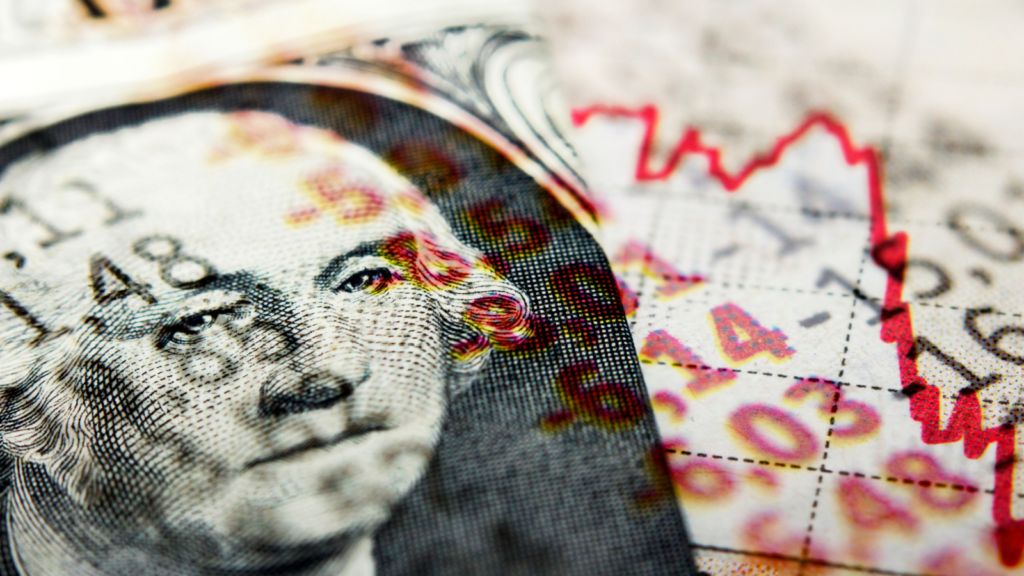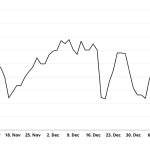
Stock market crash fears are elevated ahead of next week’s Federal Reserve rate-hike decision. Indeed, the next Federal Open Market Committee (FOMC) meeting is scheduled for July 25 and July 26. The implications of the meeting for the health of the stock market and the economy could be significant.
Many are expecting the Fed to raise rates again after it opted to pause in June, ending a 10-month streak of consecutive rate hikes. However, the decision remains a point of controversy among economists. Some believe the concern of an eventual “credit event” coming in the wake of the regional banking crisis earlier this year merits additional hesitance.
That said, the CME FedWatch Tool, which tracks the implied probability of changes to the Federal Funds rate as determined by 30-day Fed Funds futures pricing data, is pricing in a 99.8% chance of a 25 basis-point rate increase in July. This would put the benchmark rate in the range of 5.25-5.5%, the highest level in nearly 22 years.
The Fed has long maintained its monetary policy decisions are data-dependent. This time around the data says that the Fed is already succeeding at its job. In fact, the June Consumer Price Index (CPI) showed easing annual inflation of just 3%. That’s well below May’s 4% level and just a third of the peak of 9.1% recorded in June 2022.
“The cooler print across the board underscores that inflation is edging lower, but the core remains ‘sticky,’ although also cooling but not fast enough for the Fed to declare victory,” said Quincy Krosby, chief global strategist for LPL Financial. “The July 26 meeting will still see a rate hike, but unless core inflation comes down at a faster pace, July 26 won’t be a one and done.”
Stock Market Crash Concerns Loom Large
Despite the Fed’s success thus far, the central bank’s 2% inflation goal remains a point of controversy. The doves believe the Fed has already raised rates enough to sufficiently lower prices, hopefully without incurring an economic recession. The hawks, meanwhile, feel the current strength of the economy justifies an even more aggressive route forward.
With unemployment holding relatively steady between 3.4% and 3.7% from March to July of this year, and stocks in the midst of a bull market, it seems the Fed has plenty of runway to attempt to forcibly lower prices.
Even metrics like economic growth and U.S. wages are doing excellent. The country is managing to lower prices while avoiding greater economic turmoil. The question remains whether next week’s rate-hike decision will mark the final rate increase in 2023.
In that regard, not everyone’s on the same page. “I see two more 25-basis-point hikes in the target range over the four remaining meetings this year as necessary to keep inflation moving toward our target,” said Fed Governor Christopher Waller earlier this month.
As mentioned, however, data rules the day. Should evidence suggest that inflation is already on track to 2% without further hikes, or that the economy is spiraling into a wider recession, the Fed may opt for a dovish pivot — or at least play the wait-and-see game for the near future.
On the date of publication, Shrey Dua did not hold (either directly or indirectly) any positions in the securities mentioned in this article. The opinions expressed in this article are those of the writer, subject to the InvestorPlace.com Publishing Guidelines.





